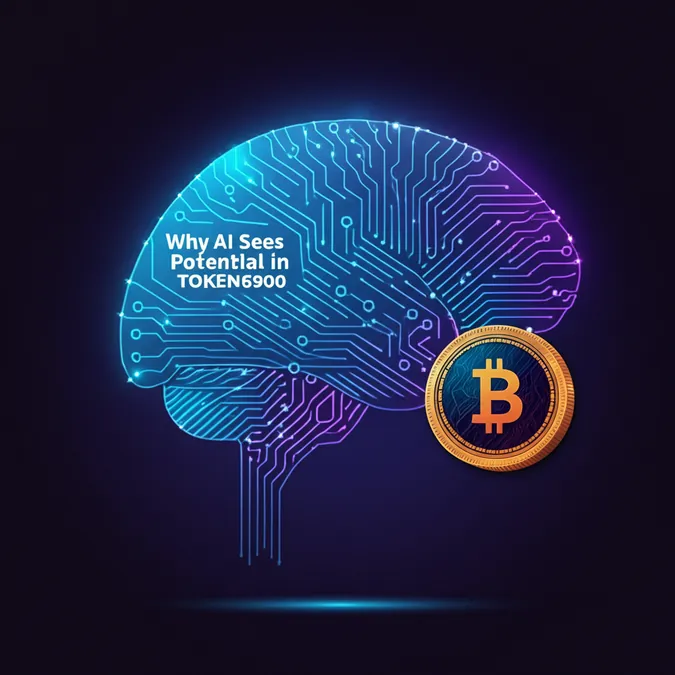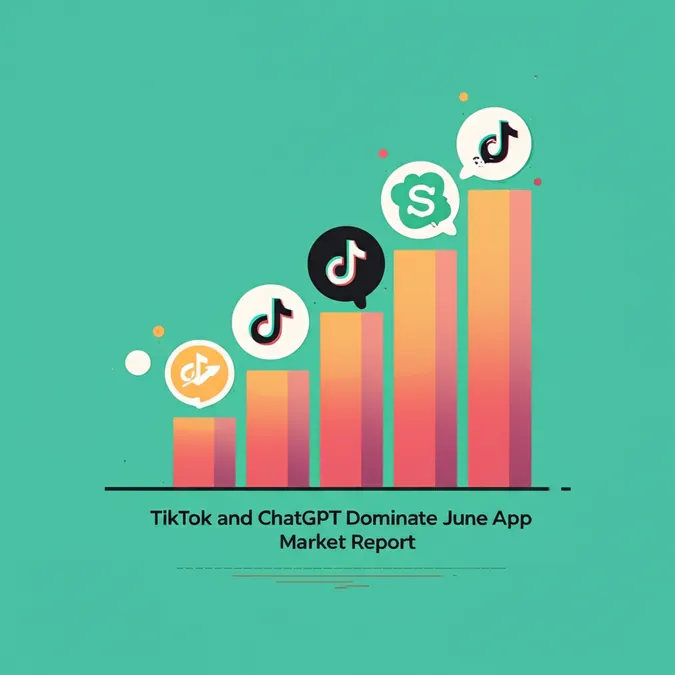Developer Offer
Try ImaginePro API with 50 Free Credits
Build and ship AI-powered visuals with Midjourney, Flux, and more — free credits refresh every month.
How To Select The Best AI For Your Business Tasks
If you feel like you're struggling to keep up with the fast-paced, ever-changing world of generative AI, you're not the only one. With new models from major players competing for the top spot every week, it's easy to get lost.
A significant AI training gap has appeared in the business world. A recent survey revealed that while two-thirds of leaders expect their employees to possess AI skills, only one-third of companies have established clear policies on which tools to use and how to use them.
While getting started with AI chatbots is relatively easy, choosing the right model for the job is a major hurdle for those not deeply familiar with their specific capabilities. Here’s what you need to know about picking the best AI tools—like ChatGPT, Claude, Gemini, Perplexity, and Copilot—and the powerful models that run them.
How to 'Test Drive' Different AI Models
Since today's generative AI is still a new frontier, no single company or model has achieved total dominance. This means that experimenting with various tools is one of the best strategies you can adopt.
"Think of it like test driving a car," Jules White, a computer-science professor at Vanderbilt University, advised Fortune. "What is it like to drive on the highway, to park, how does the stereo work, how cushy is the seat, etc. I suggest doing the equivalent for models."
Maggie Vo, head of user education at Anthropic, suggests your test drive should focus on three key factors: task complexity, time sensitivity, and the need for refinement.
For a complex task like drafting a strategic plan, you'll want the most capable model available. For quicker tasks like reformatting data or generating summaries, a faster, less complex model will do. If your project requires multiple iterations, Vo suggests a hybrid approach: "Start with a smarter model to refine your approach, then use a smaller model to execute."
"The real skill is developing ‘Platform Awareness’—understanding not just different models but different AI systems entirely," Vo added. "What works in Claude might need adjustment in other systems. Experiment across platforms to build intuition about their unique strengths."
In practice, this can be as simple as entering the same prompt into different AI chatbots and comparing the results to see which one provides the most helpful response.

As AI models have evolved, they've developed specializations. The faster, often free models are great for simple conversations, while the more advanced, subscription-based models take longer to process but deliver superior results for complex tasks.
An Expert's Guide to Top AI Models
Ethan Mollick, a professor at the University of Pennsylvania’s Wharton School, is a leading voice on using AI for business tasks. In a recent Substack post, he detailed that his daily AI usage revolves around products from OpenAI, Anthropic, and Google.
He likens choosing a model to choosing a vehicle: "Think of it like choosing between a sports car and a pickup truck; both are vehicles, but you’d use them for very different tasks."
Mollick breaks down his choices into three helpful categories:
For Simple Chats and Quick Tasks
Models like Claude 3.5 Sonnet, GPT-4o, and Gemini 1.5 Flash are incredibly fast. While not the most powerful, they are widely accessible (often free) and can significantly boost workplace efficiency.
Here are some tasks they excel at:
- Market and competitive analysis: “Compare OpenAI, Anthropic, and Google Gemini’s positioning in the enterprise AI space.”
- Financial modeling and forecasting: “Create a three-year revenue forecast for a SaaS startup with 20% YoY growth and 75% gross margin.”
- Content creation and editing: “Draft a LinkedIn post announcing a $10M Series A funding round that sounds confident but not boastful.”
For Everyday Work and Deeper Analysis
Models such as Claude 3 Opus, GPT-4, and Gemini 1.5 Pro are smarter and have lower error rates, but they are also slower. They are more reliable for coding, logic problems, and multi-step tasks.

When asked to describe their own strengths, the models offered these insights:
OpenAI’s GPT-4o: “ChatGPT’s relative strength lies in its ability to generate highly polished, context-aware, and conversationally natural responses—particularly strong in editing, writing, and task-oriented problem-solving—while integrating tools like code execution and image analysis more seamlessly than Claude or Gemini.”
Anthropic’s Claude 3.5 Sonnet: “I excel at nuanced reasoning, ethical decision-making, and producing well-structured, thoughtful responses while maintaining strong safety guardrails, though I’m generally more cautious and less willing to engage with borderline requests compared to some other AI assistants.”
Google’s Gemini 1.5 Flash: “Gemini excels in multimodal understanding and generation, seamlessly integrating text, code, images, and other data formats while leveraging real-time information from Google’s vast ecosystem to provide highly accurate and contextually rich responses.”
Mollick notes he primarily uses these "Good for work" models for most of his tasks.
For Complex and Difficult Problems
The most advanced models on the market, like Claude 3 Opus (with its large context window) and future 'pro' versions of other models, are built for extremely difficult challenges. They are often slow and have limited access.
They are designed to handle prompts that would overwhelm other models, such as this example:
“Below is the full text of a 180-page Phase III oncology trial dossier (including statistical appendices and 40 pages of adverse-event tables).
- Extract every efficacy endpoint, its p-value, confidence interval, and sample size.
- Re-compute the primary endpoint’s hazard ratio from the raw survival-curve data provided in Appendix C, flagging any inconsistencies with the sponsor’s reported figure.
- Summarize all Grade 3–4 adverse events, grouped by organ system, and calculate their absolute-risk increase versus control.
- Draft a 500-word briefing for the FDA that identifies any statistical or methodological red flags, assesses the benefit–risk profile, and proposes two post-marketing study designs.”
Other AI Tools to Consider
Beyond the big three, other specialized tools are worth exploring. According to Jesse Dwyer, head of communications at Perplexity, their main advantage is a focus on truthfulness. "Perplexity’s sole focus is accurate, trustworthy AI," Dwyer said. "Models that have been trained to experience some hallucination... can be dangerous when you are making business or financial decisions."
Copilot is another widely used chatbot, primarily due to its deep integration with Microsoft products. Other options like DeepSeek and Grok from xAI are also on the market but may lack certain features compared to the leading models.
The Ultimate Takeaway: Practice Makes Perfect
While there isn't a single perfect method for using AI at work, the best way to stay ahead is through consistent exploration and education. That process begins with simply using the tools.
"The difference between casual users and power users isn’t prompting skill (that comes with experience); it’s knowing these features exist and using them on real work," Mollick wrote.
Dwyer added that since business leaders are often the first to adopt these tools, employees can learn by emulating them. "AI is one of the first business tools adopted first by managers instead of frontline workers," he told Fortune. "It makes sense that leaders with experience getting the best work from their teams and software tools will be naturally prepared to work with AI."
Compare Plans & Pricing
Find the plan that matches your workload and unlock full access to ImaginePro.
| Plan | Price | Highlights |
|---|---|---|
| Standard | $8 / month |
|
| Premium | $20 / month |
|
Need custom terms? Talk to us to tailor credits, rate limits, or deployment options.
View All Pricing Details

